The miracle of the Transfiguration in the gospels is full of theological meaning. Those who appeared with Jesus: Moses and Elijah, represent the whole of Israel’s law and prophetic tradition, now subservient to the primacy of Christ. The mountain is also important for it looks back to Sinai where the first covenant (the ten commandments) was established, and it looks forward to the new covenant of Jesus; namely, Love one another as I have loved you.
In the old testament, we learn that Father Abraham set out, not knowing where his faith would lead him. But old, father Abraham’s flickering light of faith carried him through days and nights of temptation into the promised land.
On the top of Mount Tabor, however, it is Jesus who shows us where faith leads. It leads to transformation into new life, a life that is glorious and which, for us, begins right here and now.
Like St. Peter, we might be tempted to cherish a splendid vision of glory atop a mountain away from the maddening crowds and apart from life’s hustle and bustle and distractions. The Irish poet, W. B. Yeats, voices a similar sense of mystical withdrawal when he wrote about the joys of retiring alone to “a bee-loud glade” where “the cricket sings” and where evening is “full of linnet’s wings” ( The Lake Isle of Innisfree ). That’s okay in the world of poetic imagination, but its not real life nor is it how the gospel is meant to be lived. The bright vision of faith must be lived in the context of everyday life. The apostles had to come down from the mountain and accept the challenges that the gospel entails. It is only by living the faith in the circumstances of normal day-to-day life that salvation is brought into “clear light.”
The three apostles-Peter, James and John, who witnessed Jesus’s miracle of the Transfiguration, were more than content to rest in the glory of Christ atop Mount Tabor where they felt sheltered from the daily problems of life. Their experience of Jesus’s Transfiguration, however, was meant to inspire them, to encourage them on their journey, not to withdraw them from active involvement in the world. They had to come down to earth, and fortified by the vision of Christ’s glory on Mount Tabor, face the challenges of life with renewed vigor.
The reality of the Christ’s glory, revealed in His Transfiguration, is to be recalled but, above all, it is to be lived in real life by following the Lord’s example of loving one another the way He has loved us.
This is the new covenant.
On this Second Sunday of lent, let us examine those tightly cramped corners of our hearts that need to be changed, that need to be transfigured and illuminated by the teachings of Christ.
That’s what the Transfiguration is meant to convey to us.
—Fr. Hugh Duffy


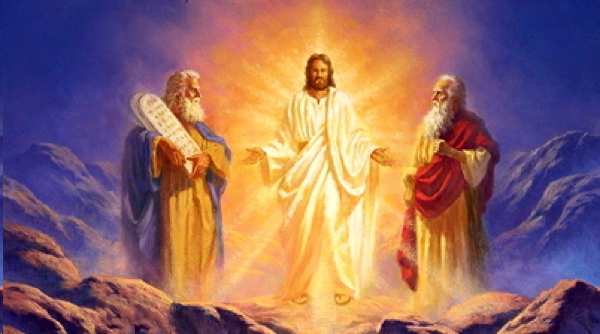
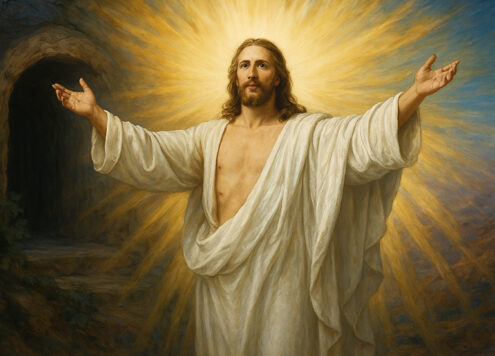
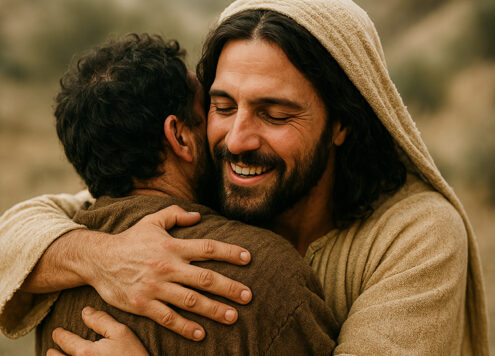
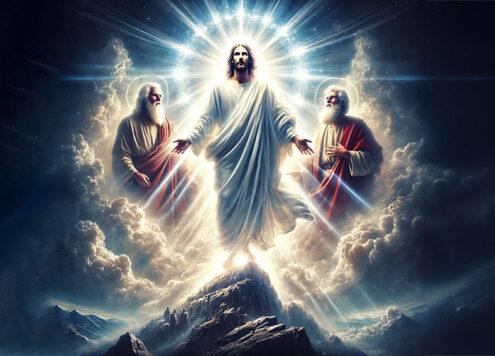


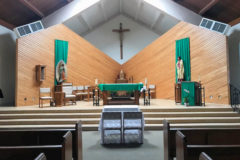


6 Comments
Stanley SecondSamuel
Thanks for this Dr. Duffy
Laura Mounie
Oh Father you always explain everything so perfectly. I’ve always thought of the Transfiguration was the apostles “light bulb” moment.Of course they already had faith but it was really cemented. Blessings, Laura
Hugh Duffy
It seems that few get the point of the Transfiguration, Laura, but I’m glad you do.
Nancy Tupas
Thank you! You have explained this so well.
Paul mc Gettigan
Very well explained. Enjoyed the read and delighted to see that you are are well and full of wisdom.
Hugh Duffy
Hi, Paul. I knew a Paul Mc Gettigan in Ireland. Are you the same one?